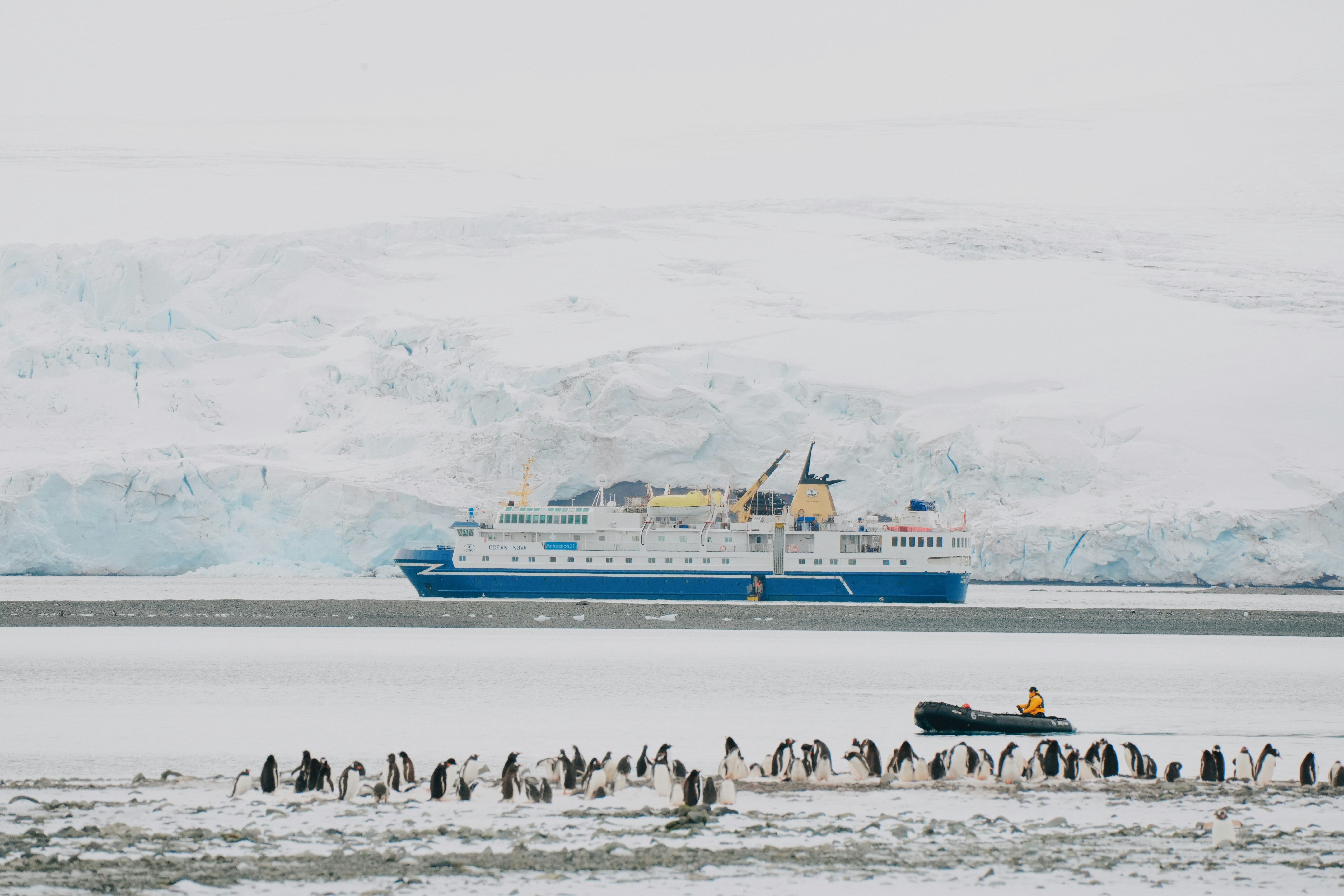Embarking on an Antarctic Expedition: A Comprehensive Guide to Cruise Travel
Antarctica, the world's southernmost continent, has long captivated the imagination of adventurers and nature enthusiasts alike. For those seeking to explore this pristine wilderness, an Antarctica expedition cruise offers a unique and unforgettable journey. This article will guide you through the intricacies of planning and experiencing an Antarctic cruise, from choosing the right itinerary to understanding what to expect on your voyage.

What makes Antarctica cruise travel unique?
Antarctica cruise travel is unlike any other maritime expedition. The remote and untouched nature of the continent presents a rare opportunity to witness landscapes and wildlife in their most pristine state. Visitors can expect to see towering icebergs, vast glaciers, and diverse marine life, including penguins, seals, and whales. The extreme conditions and isolation of Antarctica also mean that these cruises are highly specialized, with ships designed to navigate icy waters and expert crews trained to ensure passenger safety and comfort in challenging environments.
How do I choose the right Antarctic cruise itinerary?
Selecting the ideal Antarctic cruise itinerary depends on several factors, including your interests, budget, and time constraints. Most cruises depart from Ushuaia, Argentina, and typically last between 10 to 23 days. Standard itineraries often include the Antarctic Peninsula and surrounding islands, while longer voyages may extend to South Georgia and the Falkland Islands. When planning your trip, consider the following:
-
Duration: Shorter cruises (10-12 days) focus on the Antarctic Peninsula, while longer trips (18-23 days) offer more comprehensive experiences.
-
Destinations: Decide if you want to visit additional sub-Antarctic islands or focus solely on the Antarctic mainland.
-
Activities: Some cruises offer specialized programs like kayaking, camping, or photography workshops.
-
Vessel size: Smaller ships can access more remote areas, while larger vessels offer more amenities.
What is the best time to embark on an Antarctica expedition cruise?
The Antarctic cruise season typically runs from late October to March, which is the austral summer. Each period within this season offers unique experiences:
-
Late October to November: Spring in Antarctica, with pristine snow and active wildlife courtship.
-
December to mid-January: Peak season with 24-hour daylight and optimal wildlife viewing.
-
Mid-January to February: Ideal for whale watching and seeing penguin chicks.
-
March: Autumn colors begin, with excellent whale sightings and dramatic sunsets.
Consider your priorities when choosing your travel dates, whether it’s specific wildlife encounters, photographic opportunities, or potentially milder weather conditions.
What should I pack for an Antarctic cruise?
Packing appropriately is crucial for comfort and enjoyment on an Antarctica expedition cruise. Essential items include:
-
Waterproof and windproof outer layers
-
Warm, insulating mid-layers (fleece, wool)
-
Thermal base layers
-
Waterproof boots (often provided by cruise operators)
-
Warm hats, gloves, and neck gaiters
-
Sunglasses and high-SPF sunscreen
-
Camera equipment and spare batteries
-
Motion sickness medication
Remember that most ships have a casual dress code on board, so comfortable clothing for indoor activities is also important.
What unique experiences can I expect on an Antarctic cruise?
An Antarctica expedition cruise offers a wealth of unique experiences that set it apart from other travel destinations. Visitors can expect daily zodiac excursions to explore ice formations and wildlife up close. Many cruises offer opportunities for kayaking among icebergs or even camping on the Antarctic continent itself. Onboard lectures by naturalists and historians provide context and depth to your observations. Some of the most memorable experiences include:
-
Witnessing vast penguin colonies
-
Observing whales breaching near the ship
-
Walking on the Antarctic continent
-
Exploring abandoned whaling stations on sub-Antarctic islands
-
Photographing dramatic landscapes under the midnight sun
These experiences create lasting memories and often inspire a deep appreciation for the fragility and importance of this unique ecosystem.
How much does an Antarctica expedition cruise typically cost?
Antarctica expedition cruises are considered premium travel experiences due to their remote location and specialized nature. Prices can vary significantly based on factors such as itinerary length, ship type, cabin category, and included activities. Here’s a general overview of what you might expect to pay:
| Cruise Type | Duration | Typical Price Range (USD) |
|---|---|---|
| Standard Antarctic Peninsula | 10-12 days | $5,000 - $15,000 |
| Extended Antarctic Peninsula | 14-16 days | $8,000 - $20,000 |
| Antarctic Peninsula, South Georgia & Falklands | 18-23 days | $12,000 - $30,000 |
| Luxury Expedition Cruise | 10-23 days | $15,000 - $50,000+ |
Prices, rates, or cost estimates mentioned in this article are based on the latest available information but may change over time. Independent research is advised before making financial decisions.
When budgeting for your trip, remember to factor in additional costs such as flights to the departure point, pre and post-cruise accommodation, and any specialized gear you may need to purchase.
In conclusion, an Antarctica expedition cruise offers a once-in-a-lifetime opportunity to explore one of the world’s last true wildernesses. By carefully considering your options for itineraries, timing, and budgeting, you can plan an unforgettable journey to the frozen continent. The unique experiences and breathtaking landscapes await those willing to embark on this extraordinary adventure.




